Birds represent one of evolution’s most remarkable success stories—a lineage that emerged from theropod dinosaurs and eventually conquered the skies. From the mighty Tyrannosaurus rex to the delicate hummingbird may seem like an impossible journey, yet the fossil record and genetic evidence tell this extraordinary tale convincingly. This transformation represents one of the most dramatic evolutionary adaptations in vertebrate history, resulting in over 10,000 bird species alive today. Let’s explore how scaled predators gradually evolved into the feathered aviators that now inhabit nearly every corner of our planet.
The Dinosaurian Origins of Birds
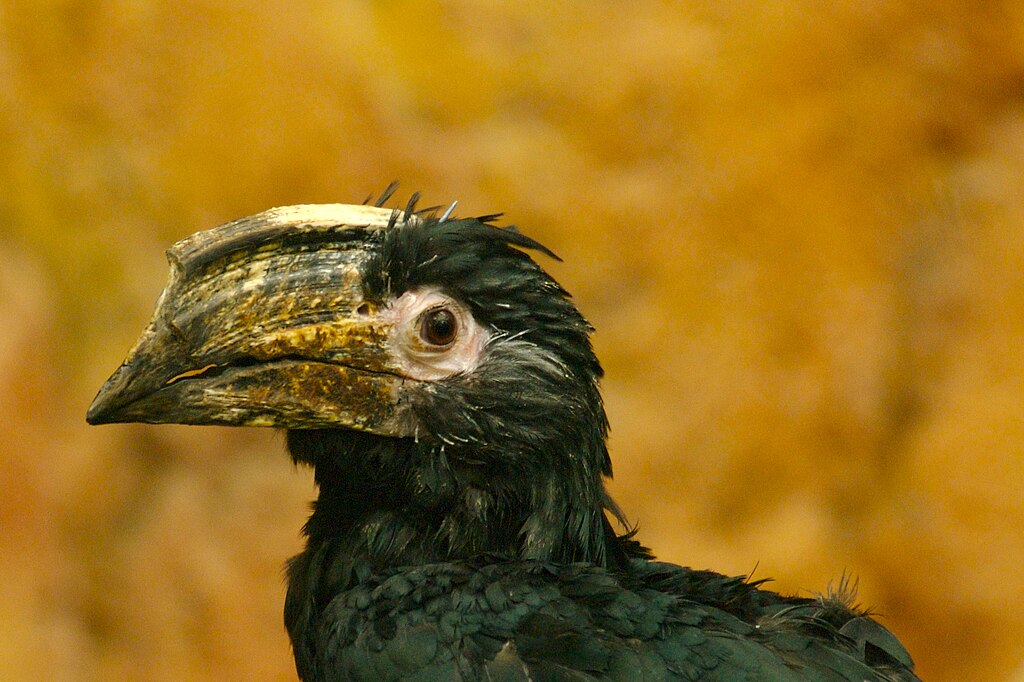
Modern birds (Aves) descended from a group of two-legged dinosaurs called theropods, the same group that included fearsome predators like Velociraptor and Tyrannosaurus rex. Specifically, birds evolved from maniraptoran theropods, small, carnivorous dinosaurs that possessed some uniquely bird-like features. Overwhelming fossil evidence discovered over the past several decades has cemented this connection, with transitional fossils showing the gradual acquisition of avian traits. These maniraptorans had already developed many features we now associate with birds, including three-fingered hands, wishbones, and air-filled bones. The relationship is so close that many paleontologists now consider birds to be living dinosaurs—they simply represent the only dinosaur lineage that survived the mass extinction event 66 million years ago that wiped out their larger relatives.
Archaeopteryx: The Iconic Transitional Fossil

Discovered in 1861 in Germany, Archaeopteryx represents one of paleontology’s most important transitional fossils, displaying a mixture of reptilian and avian characteristics. Dating back approximately 150 million years to the Late Jurassic period, this crow-sized creature possessed teeth, a long bony tail, and clawed fingers—all typical dinosaurian features. Yet it also had well-developed flight feathers and wings similar to modern birds. The exquisite preservation of its fossils reveals impressions of feathers that are structurally similar to those of modern birds, providing crucial evidence for the dinosaur-bird connection. While Archaeopteryx could likely glide and possibly engage in primitive powered flight, it lacked the advanced flight capabilities of modern birds. This remarkable creature represents a critical snapshot of evolution in action, capturing the transition between non-avian dinosaurs and true birds.
The Evolution of Feathers

Feathers—often considered the defining characteristic of birds—actually evolved in dinosaurs long before the appearance of birds or even flight. The earliest feathers were simple filamentous structures that likely evolved for insulation rather than flight. Numerous non-flying dinosaur fossils discovered in China’s Liaoning Province show various types of feathers, from simple filaments to complex structures with barbs and barbules. The evolution of feathers progressed from simple hair-like structures to increasingly complex forms with central shafts and branching barbs. Remarkably, even some large dinosaurs like Yutyrannus, a relative of T. rex, possessed primitive feathers, suggesting that feathery coverings were widespread among theropod dinosaurs. The development of asymmetrical flight feathers, with vanes of different widths on either side of the shaft, came later and represented an adaptation specifically for aerodynamic function. This evolutionary progression from insulation to display to flight capability represents one of nature’s most elegant examples of exaptation—where a structure evolved for one purpose is later co-opted for another.
Crucial Skeletal Adaptations for Flight

The transition from ground-dwelling dinosaurs to airborne birds required profound skeletal modifications that developed over millions of years. One key adaptation was the fusion of bones to create a lightweight yet strong skeleton capable of withstanding the stresses of flight. The fusion of vertebrae created a rigid backbone, while the collar bones merged to form the wishbone (furcula), which acts as a spring during flight. Birds also developed a unique breastbone with a pronounced keel for anchoring powerful flight muscles. Perhaps most remarkably, birds evolved a system of air sacs connected to their lungs that extends into hollow bones, creating a highly efficient respiratory system while simultaneously reducing weight. This pneumatized skeleton represents a dramatic departure from most other vertebrates and allows birds to maintain the high-energy metabolism necessary for powered flight. The distinctive bird hand, with reduced and fused fingers, evolved to support primary flight feathers, transforming what was once a grasping appendage into a sophisticated airfoil.
The Development of Powered Flight
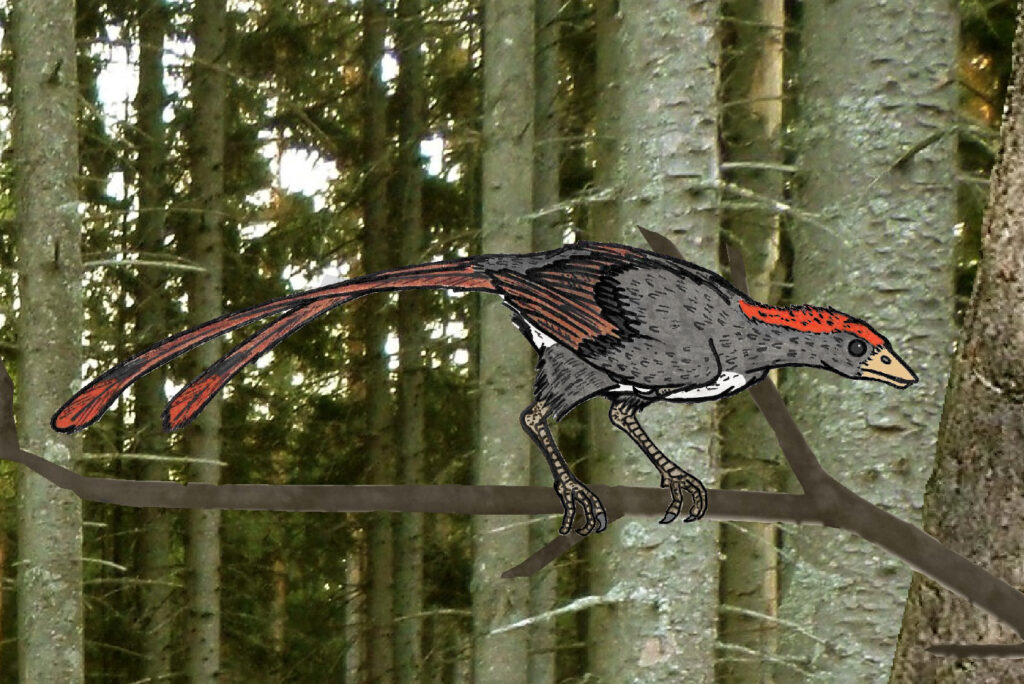
The evolution of powered flight in dinosaurs represents one of nature’s most impressive engineering achievements. While Archaeopteryx and similar early bird-like dinosaurs could likely glide, true powered flight—the ability to generate thrust and maintain altitude through wing movements—emerged gradually. Two main theories explain how flight evolved: the “ground-up” theory suggests that running dinosaurs spread their feathered arms to increase speed and eventually became airborne, while the “trees-down” hypothesis proposes that arboreal dinosaurs first glided between trees before evolving powered flight. Fossil evidence suggests elements of both may have played a role. The development of specialized flight muscles, particularly the supracoracoideus muscle system that works as a pulley to raise the wing during the recovery stroke, was critical for achieving the complex wing movements necessary for powered flight. Early birds like Confuciusornis (125 million years ago) already displayed shoulder girdles adapted for powerful flight strokes, indicating that true powered flight was established relatively early in avian evolution.
The Avian Respiratory System

Birds possess one of the most efficient respiratory systems in the animal kingdom, a crucial adaptation for the high metabolic demands of flight. Unlike mammals, who use a bellows-like breathing system, birds have a unidirectional flow of air through their respiratory system, allowing continuous oxygen absorption. This system includes not just lungs but a complex network of air sacs extending throughout the body and into hollow bones. The evolutionary origins of this system can be traced back to non-avian dinosaurs, as studies of dinosaur fossils have revealed pneumatic openings in vertebrae similar to those in modern birds. This efficient respiratory system permits birds to extract oxygen at high altitudes where air is thin, enabling species like bar-headed geese to fly over the Himalayas at heights exceeding 29,000 feet. The high-efficiency avian respiratory system delivers more oxygen per breath than mammalian lungs, supporting the intense metabolic demands of powered flight and enabling birds to maintain their remarkably high body temperatures.
The Mesozoic Diversification of Birds

The Mesozoic Era witnessed a remarkable diversification of early birds following their evolution from theropod ancestors. By the Early Cretaceous period (about 130-120 million years ago), numerous bird groups had emerged, displaying a surprising variety of lifestyles and adaptations. Fossils from this time reveal fish-eating birds with specialized teeth, diving birds with leg propulsion, and birds with diverse beak shapes indicating different feeding strategies. Confuciusornithidae, for example, had already lost teeth and developed beaks, while Enantiornithes, or “opposite birds,” represented a major branch of avian evolution that thrived during the Cretaceous yet left no modern descendants. Hesperornithiformes evolved into flightless diving birds specialized for aquatic hunting, demonstrating that early birds were already adapting to diverse ecological niches. The Ichthyornithiformes, fish-eating flyers with teeth, provide further evidence of the ecological diversity achieved by birds during the dinosaur era. This early radiation established many of the fundamental adaptations that would eventually lead to modern bird diversity, though many of these lineages would not survive the end-Cretaceous extinction.
Surviving the K-Pg Extinction

The Cretaceous-Paleogene (K-Pg) extinction event approximately 66 million years ago devastated life on Earth, eliminating all non-avian dinosaurs along with many other animal groups. Birds, however, survived this cataclysm, though not without significant losses. Evidence suggests that ground-dwelling birds suffered most severely, while some tree-dwelling and shore-living species managed to endure the catastrophic conditions. Recent research indicates that the surviving birds possessed specific traits that proved advantageous during this crisis, including small body size, which required less food; seed-based diets, allowing them to subsist on dormant plant resources; and possibly the ability to reduce metabolism during environmental stress. The toothless, beaked condition of modern birds may have also provided an advantage, as it allowed more efficient processing of seeds and other survival foods. The severe bottleneck created by this extinction event significantly shaped subsequent bird evolution, as all modern birds (Neornithes) descended from these few surviving lineages. This evolutionary reset effectively marked the beginning of modern bird diversification, creating opportunities for rapid adaptive radiation into ecological niches left vacant by the extinction.
The Cenozoic Radiation of Modern Birds
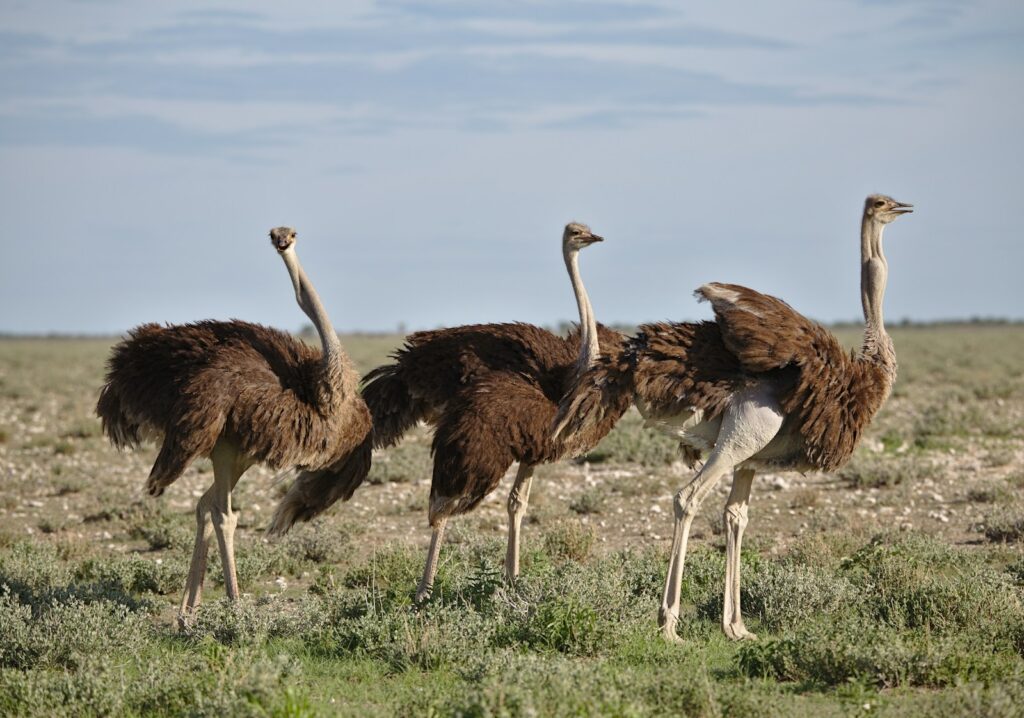
Following the K-Pg extinction event, the surviving bird lineages underwent an extraordinary adaptive radiation throughout the Cenozoic Era, giving rise to the tremendous diversity of modern birds. This diversification happened remarkably quickly in evolutionary terms, with most modern bird orders established within 10-15 million years after the extinction event. The early Cenozoic saw the evolution of many distinctive bird groups, including flightless ratites (such as ostriches and emus), waterfowl, gamebirds, and the first songbirds. Advanced flying abilities allowed birds to colonize nearly every terrestrial habitat on the planet, from polar regions to tropical rainforests. Genetic studies indicate that this rapid diversification may have been facilitated by the sudden ecological opportunities created by the extinction of competing reptilian groups. The evolution of specialized beaks replacing toothed jaws proved particularly important, allowing for dietary specialization without requiring major skeletal modifications. This innovation permitted birds to exploit food resources from nectar to hard nuts, fish to fruit, creating the foundation for the ecological diversity seen in modern birds.
Flightless Birds: When Wings Lose Their Purpose

One of evolution’s most fascinating reversals is the repeated loss of flight in birds, having occurred independently in numerous lineages. Flightlessness has evolved at least 26 times among modern birds, producing groups like ostriches, emus, kiwis, penguins, and extinct forms like the dodo and moa. This evolutionary trajectory typically occurs in environments lacking mammalian predators, particularly on islands, where the high metabolic costs of maintaining flight machinery outweigh the benefits. As flight becomes unnecessary, wings often reduce in size and structure, while leg muscles and bones strengthen to support terrestrial lifestyles. The process of losing flight capabilities, called “secondary flightlessness,” demonstrates evolution’s pragmatic nature—when a costly adaptation no longer provides survival benefits, natural selection may favor its reduction. Remarkably, DNA studies reveal that the massive ratites (ostriches, emus, and their relatives) evolved from flying ancestors multiple times independently, contradicting earlier assumptions that they shared a single flightless ancestor. Flightless birds represent a fascinating example of convergent evolution, where similar environmental pressures lead to comparable adaptations in unrelated lineages.
Miniaturization: The Evolution of Hummingbirds
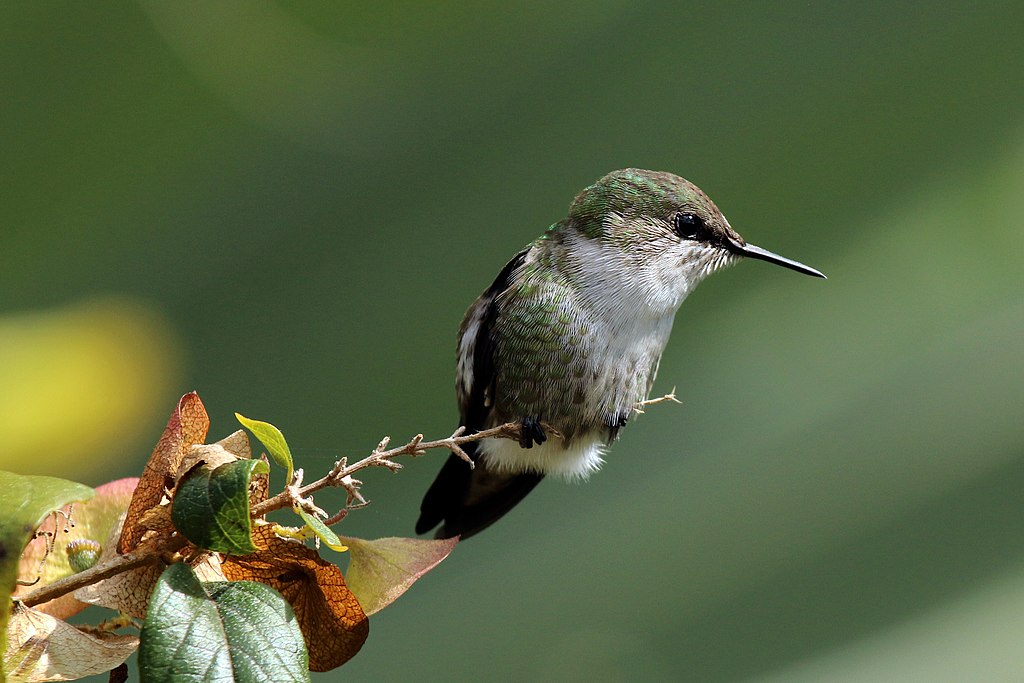
Hummingbirds represent one of the most extreme adaptations in avian evolution, showcasing how dinosaur descendants evolved into tiny aerial specialists weighing as little as 2 grams. These remarkable birds descended from swift-like ancestors approximately 42 million years ago, progressively reducing in size while developing specialized flight mechanisms. Hummingbirds can flap their wings up to 80 times per second, hover in place, and even fly backward—capabilities that required profound anatomical adaptations. Their wing structure evolved to allow rotation at the shoulder, enabling the figure-eight wing pattern that generates lift on both forward and backward strokes. The hummingbird heart, proportionally the largest among birds, can beat over 1,200 times per minute to support their extraordinary metabolic rate, which is the highest of any vertebrate except insects. Their tiny size allows them to exploit nectar resources inaccessible to larger birds, creating a specialized ecological niche. Miniaturization in hummingbirds demonstrates the remarkable evolutionary flexibility of the avian body plan, transforming dinosaurian descendants into creatures that bear little superficial resemblance to their ancient ancestors.
From Dinosaur Brains to Bird Intelligence

The evolution of avian intelligence represents one of the most remarkable aspects of bird evolution from dinosaur ancestors. Modern birds possess relatively large brains for their body size, with some groups—particularly corvids (crows, ravens, jays) and parrots—demonstrating cognitive abilities rivaling those of primates. Fossil evidence indicates that this trend toward increased encephalization (larger brain-to-body ratios) began in theropod dinosaurs and accelerated in the avian lineage. Paleontological studies using CT scans of dinosaur skulls reveal that brain regions associated with higher cognitive functions were already expanding in the dinosaurian ancestors of birds. The development of the avian pallium, functionally similar to the mammalian neocortex, enabled complex learning, tool use, and even self-recognition in modern birds despite their different brain architecture. Birds have evolved neural networks that achieve remarkable computational efficiency despite space constraints, packing more neurons per unit volume than mammals. This cognitive evolution enabled complex behaviors critical to avian success, including advanced spatial memory for food caching, sophisticated vocal learning for communication, and problem-solving abilities that have helped birds adapt to changing environments.
Modern Birds: The Living Dinosaur Legacy

Today’s 10,000+ bird species represent the living legacy of dinosaur evolution, constituting the most diverse group of land vertebrates on Earth. From the tiniest hummingbird to the massive ostrich, from penguins adapted to Antarctic conditions to flamingos filtering microscopic food from tropical lakes, birds showcase the extraordinary adaptability of the theropod dinosaur blueprint. The impressive ecological diversity of modern birds stems from variations on fundamental adaptations that evolved in their dinosaurian ancestors—feathers, efficient respiration, lightweight skeletons, and high metabolism. Recent genomic studies have mapped the complex evolutionary relationships between major bird groups, revealing how rapid diversification created the rich tapestry of avian life we see today. Conservation of birds takes on additional significance when we recognize them as the sole surviving dinosaur lineage—the last representatives of a group that dominated Earth’s terrestrial ecosystems for over 160 million years. When we observe birds today, we’re witnessing not merely modern animals but the current expression of an evolutionary journey that began more than 230 million years ago with the first dinosaurs.
Conclusion
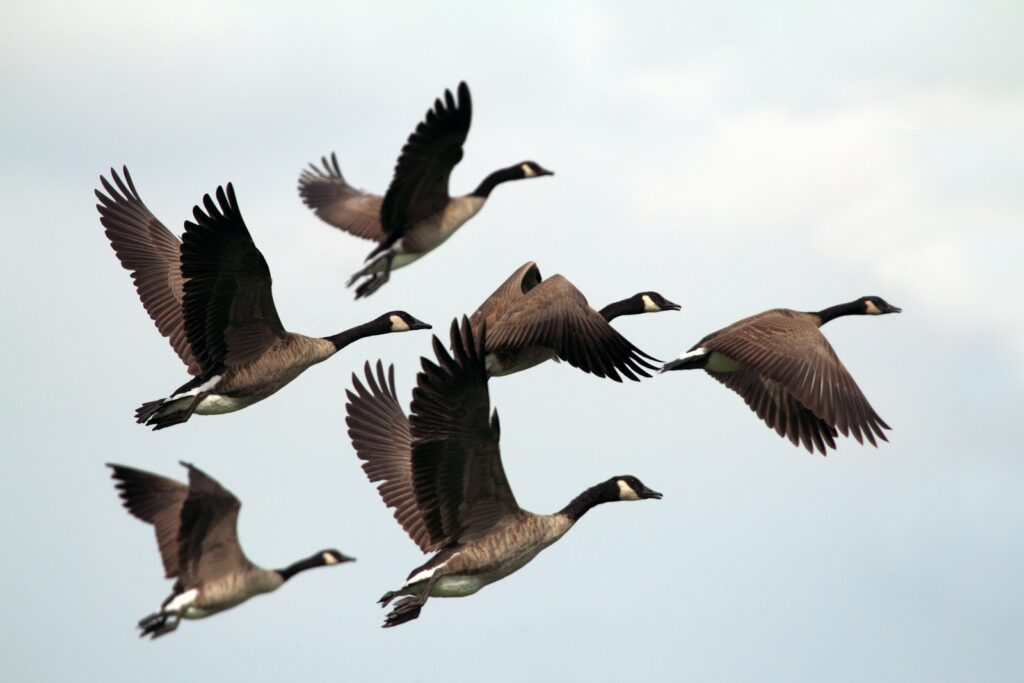
The transformation of ground-dwelling theropod dinosaurs into today’s diverse bird species represents one of evolution’s most extraordinary journeys. Through incremental adaptations over millions of years—the development of feathers, hollow bones, efficient respiratory systems, and powerful flight muscles—dinosaurs gradually conquered the skies. This evolutionary pathway, documented through remarkable fossils like Archaeopteryx and numerous feathered dinosaurs from China, illustrates how natural selection can shape organisms to occupy entirely new ecological niches. The survival of birds through the K-Pg extinction event that eliminated their dinosaurian relatives provided the opportunity for their remarkable diversification during the Cenozoic Era. Modern birds, with their incredible diversity of forms and lifestyles, stand as living testimony to the enduring legacy of dinosaur evolution—a lineage that didn’t disappear 66 million years ago but instead soars above us today on feathered wings.



